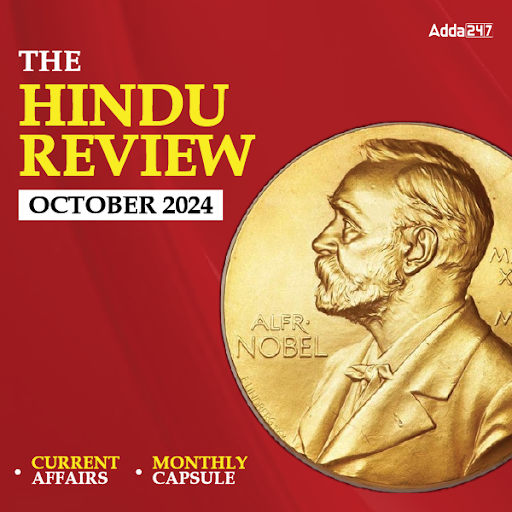
Q1. In a class of 90 students, amongst 50% of the students, each student got number of sweets that are 20% of the total number of students and amongst the remaining 50% of the students, each students got number of sweets that are 10% of the total number of students. How many sweets were distributed among 90 students?
(a) 960
(b) 1015
(c) 1215
(d) 1620
(e) None of these
Q2. If p, q, r be three positive numbers such that p > q > r when the smallest number is added to the difference of the rest two numbers, then the average of the resultant number and the original numbers except the smallest number is 21 more than the average of all the three original numbers. The value of (p-q) is :-
(a) 7
(b) 14
(c) 63
(d) 42
(e) None of these
Q3. The first, second and third class fares between two stations were 10 : 8 : 3 and the number of first, second and third class passengers between the two stations in a day was 3 : 4 : 10. The sale of tickets to passengers running between two stations on that day was Rs. 8050. How much was realized by the sale of second class tickets?
(a) Rs. 3000
(b) Rs. 2800
(c) Rs. 4500
(d) Rs. 3500
(e) None of these
Q4. From a certain number of mangoes, a man sells half the number of existing mangoes plus 1 to the first customer, then sells one-third of the remaining number of mangoes plus 1 to the second customer, then one-fourth of the remaining number of mangoes plus 1 to the third customer and one-fifth of the remaining number of mangoes plus 1 to the fourth customer. He then finds that he does not have any mongo left. How many mangoes did he have originally?
(a) 12
(b) 14
(c) 15
(d) 13
(e) None of these
Q5. Two oranges, three bananas and four apples cost Rs. 15, three oranges, two bananas and one apples cost Rs. 10. I bought 3 oranges, 3 bananas and 3 apples. How much did I pay?
(a) Rs. 10
(b) Rs. 8
(c) Rs. 15
(d) Cannot be determined
(e) None of these
Q6. Surendra, Rajendra and Manindra invested some amount in a business in the ratio of 5 : 7 : 6, respectively. In the next year, they increased their investments by 26 per cent, 20 per cent and 15 per cent respectively. The profit earned during the second year should be distributed in what ratio among Surendra, Rajendra and Manindra.
(a) 31 : 27 : 21
(b) 21 : 28 : 23
(c) 26 : 20 : 15
(d) Cannot be determined
(e) None of these
Directions (7-8): Based on the information given below.
Brooks and Moore sells books, music CDs and film DVDs. In December 2009, they earned 40% profit in music CDs and 25% profit in books. Music CDs contributed 35% towards their total sales in rupees. At the same time total sales in rupees from books is 50% more than that of music CDs.
Q7. If Brooks and Moore have earned 20% profit overall, then in film DVDs they made :
(a) 15.2% profit
(b) 10.0% profit
(c) 10.0% loss
(d) 23.4% loss
(e) None of these
Q8. If Brooks and Moore made 50% loss in film DVDs, then overall they made:
(a) 12.3% profit
(b) 8.7% profit
(c) 0.4% loss
(d) 6.25% loss
(e) None of these
Q9. In his wardrobe, Timothy has 3 trousers. One of them is black, second one is blue and the third one is brown. In his wardrobe, he also has 4 shirts. One of them is black and the other 3 are white. He opens his wardrobe in the dark and pickets one shirt trouser pair without examining the color. What is the probability that neither the shirt nor the trouser is black ?
(a) 1/12
(b) 1/6
(c) 1/4
(d) 1/2
(e) None of these
Q10. The area of the square ABCD given below is :
(a) 60 cm2
(b) 90 cm2
(c) 169 cm2
(d) 144 cm2
(e) None of these
Directions (Q. 11-15): In each of these questions, two equations (I) and (II) are given. You have to solve both the equations and give answer
(a) if x>y
(b) if x≥y
(c) if x<y
(d) if x ≤y
(e) if x = y or no relation can be established between x and y.


 The Hindu Review October 2022: Download ...
The Hindu Review October 2022: Download ...
 IBPS PO Result 2024, Check Steps to Down...
IBPS PO Result 2024, Check Steps to Down...
 NABARD Office Attendant Admit Card 2024 ...
NABARD Office Attendant Admit Card 2024 ...




